This article was medically reviewed by Mark Cannon, OD. Dr. Mark Cannon is an Optometrist and Chief of Optometry at Cannon Eyecare, a family-owned optometry practice in Seattle, Washington. With over 10 years of experience, Dr. Cannon specializes in ocular disease, dry eye, glaucoma, eye infection, contact lens fitting, and pediatrics. Dr. Cannon holds a BS in Biology and Psychology from Indiana University. He received his Doctorate in Optometry from Indiana University School of Optometry, where he earned the Dean's Scholar award and participated in years of ophthalmic research. Dr. Cannon worked as an optometrist for four years before founding Cannon Eyecare, which offers full-scope medical optometry services. Dr. Cannon is a member of the American Optometric Association, King County Optometric Society, and the Optometric Physicians of Washington.
There are 11 references cited in this article, which can be found at the bottom of the page.
This article has been viewed 49,158 times.
Itchy eyelids may be caused by things you encounter every day, such as environmental allergies, irritants, viruses, and makeup. However, itchy eyelids are also often a symptom of more serious eye conditions, such as conjunctivitis,blepharitis, allergies, or an infection. Luckily, there are a few different ways you can soothe itchy eyelids using simple home remedies. In some cases, medication may be necessary to relieve the itching, such as if the itching is severe or if you have an eye infection. See a doctor for diagnosis and treatment if the itchiness doesn’t go away within a few days or if you have other symptoms, such as redness, flaky skin, or swelling.
Steps
Trying Home Remedies
-
1Apply a cool compress to itchy eyelids with no other symptoms. Wet a clean washcloth under cool running water and then wring out the excess water. Fold the cloth in half and place it over your closed eyelids while you recline in a seated position or lie down on your back. Leave the washcloth in place for 5-10 minutes. Rewet the cloth and repeat as needed to soothe your eyelids.[1]
- This is a good option for everyday irritations, such as if your eyelids are itchy from dust, smoke, or pet dander.
-
2Try using a warm compress to soothe your eyes if they’re red and flaky. Blepharitis is a condition that causes your eyelids to become red, flaky, and itchy, and applying a warm compress is one of the best ways to soothe and treat the condition. Hold a clean washcloth under warm running water, wring out the excess water, and fold the washcloth in half. Sit in a reclining position or lie down on your back and place the folded washcloth over your closed eyes. Leave it in place for 5-10 minutes.[2]
- Repeat this as needed throughout the day to help soothe your eyelids and loosen flaky skin.
Advertisement -
3Cleanse your eyelids with warm water and baby shampoo if they’re flaky. If your eyelids are red and flaky, adopt a daily eyelid cleansing routine. Wet your eyelids with warm water and then use a clean washcloth, cotton swab, or lint-free pad to massage a few drops of baby shampoo onto your closed eyelids. Continue scrubbing for about 15 seconds before you rinse away the baby shampoo with warm water. Repeat this twice daily.[3]
- If you don't have baby shampoo, any mild soap will work.[4]
Tip: If your eyelids or eyelashes are crusty, hold a warm compress over your eyelids for 5-10 minutes before you cleanse them. This will help to loosen the crust and make it easier to remove.
-
1Apply a facial moisturizer to your eyelids if they’re dry. Dry skin around your eyes can also cause itchiness. To combat dry skin, apply a facial moisturizer all over your face after cleansing, including on your eyelids. If your eyelids are very dry, apply a heavy layer of lotion or use an intensive moisturizing cream.[5]
- Repeat this twice daily after cleansing your eyelids.
-
2Use anti-dandruff shampoo to wash your hair if you have dandruff. Having dandruff can lead to blepharitis, which causes red, flaky, itchy eyelids. If you also have dandruff, try switching to an anti-dandruff shampoo. This will help to stop the dandruff and it may also help to relieve eyelid itchiness caused by blepharitis.[6]
- Use the anti-dandruff shampoo the same way that you use your regular shampoo.
-
3Administer eye drops if you also have dry, red, or itchy eyes. Hold the eye drop bottle just above your eye and gently squeeze the tube to dispense 2-3 drops into your eye. Then, repeat for the other eye. Be careful not to let the tip of the eye drops touch your eyes or eyelids as this may contaminate the drops.[7]
- You can purchase over-the-counter eye drops in a grocery or drug store. Look for artificial tears, which are similar to the tears your eyes make naturally and will help to lubricate your eyes.
Seeking Medical Help
-
1See a doctor if the itchiness is severe or does not go away. In some cases, itchy eyelids can be an ongoing problem. If your eyelids do not improve after a few days of using home remedies or if the itchiness is accompanied by other symptoms, see a doctor to find out what’s causing it. Some symptoms to watch for include:[8]
- Swelling and redness
- Drainage or pus
- Gritty or burning sensation
- Crusted over eyelashes when you wake up
- Eyelids sticking together
- Losing eyelashes
- Being sensitive to light
- Greasy looking eyelids
- Flaky skin on your eyelids
-
2Talk to your doctor about taking antihistamines for allergies. If you have allergies, you may benefit from taking antihistamines when you experience itchy eyelids. Ask your doctor for a recommendation about what type of antihistamine to take and how often to take it.[9]
- There are also prescription antihistamines and antihistamine eye drops, which may be helpful for severe allergies.
-
3Get a prescription for antibiotic drops or ointment if you have a bacterial infection. If you have a skin infection on your eyelids, your doctor may prescribe an antibiotic ointment to help clear it up. If you’re using drops, put 1 drop into the affected eye as directed by your doctor for about 1 week. If you’re prescribed an ointment, then apply it directly to your eyelid following the directions on the package. Follow your doctor’s instructions for how to use it and continue to use it for as long as your doctor instructs you to.[10]
- Antibiotics work well for treating conditions like bacterial conjunctivitis.
- Common antibiotics include moxifloxacin or ciprofloxacin.
- If the infection does not clear after using a topical antibiotic, your doctor may prescribe an oral antibiotic to treat it.
-
4Look into cyclosporine for severe itchiness that doesn’t improve. Cyclosporine (Restasis) is a calcineurin inhibitor that may help to relieve the symptoms of blepharitis if nothing else has helped. If you have blepharitis and it does not respond to any other treatments, ask your doctor about getting a prescription for cyclosporine.[11]
- Note that this medication is an immunosuppressant that is usually prescribed when someone has had an organ transplant.[12]
-
5Get treated for any other conditions that may be causing itchy eyelids. Sometimes itchy eyelids won’t get better until the underlying condition that’s causing them goes away. If you think your itchy eyelids may be due to another condition, seek treatment for that. Some of the conditions that can cause itchiness include:[13]
- Allergic or bacterial conjunctivitis
- Psoriasis
- Rosacea
- Liver, kidney, or thyroid diseases
- Skin conditions, such as psoriasis and eczema
- Cancer and cancer treatments
- Diabetes
- Shingles
- Parasites
Warnings
- Follow up with your doctor if you don’t see improvement within 1–2 days or if your condition gets worse.⧼thumbs_response⧽
- Avoid wearing eye makeup when your eyelids are inflamed. This can intensify the itching.[14]⧼thumbs_response⧽
- Don’t scratch your eyelids. This will only make the itching worse.[15]⧼thumbs_response⧽
References
- ↑ https://medlineplus.gov/itching.html
- ↑ https://www.aao.org/eye-health/ask-ophthalmologist-q/itching-eyelids
- ↑ https://my.clevelandclinic.org/health/diseases/10032-blepharitis#management-and-treatment
- ↑ Mark Cannon, OD. Board Certified Optometrist. Expert Interview. 24 August 2020.
- ↑ https://medlineplus.gov/itching.html
- ↑ https://nei.nih.gov/learn-about-eye-health/eye-conditions-and-diseases/blepharitis
- ↑ https://www.aao.org/eye-health/ask-ophthalmologist-q/itching-eyelids
- ↑ https://www.healthdirect.gov.au/itchy-eyes#treated
- ↑ https://www.hopkinsmedicine.org/health/wellness-and-prevention/why-are-my-eyes-itchy-answers-from-an-expert
- ↑ https://health.clevelandclinic.org/itchy-red-eyes-how-to-tell-if-its-allergy-or-infection/
- ↑ https://www.moorfields.nhs.uk/sites/default/files/Ciclosporin%20eye%20preparations%20fact%20sheet%20v2.0.pdf
- ↑ https://medlineplus.gov/druginfo/meds/a601207.html
- ↑ https://medlineplus.gov/itching.html
- ↑ https://www.healthdirect.gov.au/itchy-eyes#treated
- ↑ https://www.health.harvard.edu/allergies/whats-causing-your-itching-teary-eyes
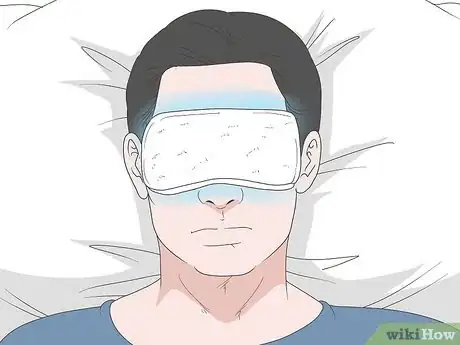
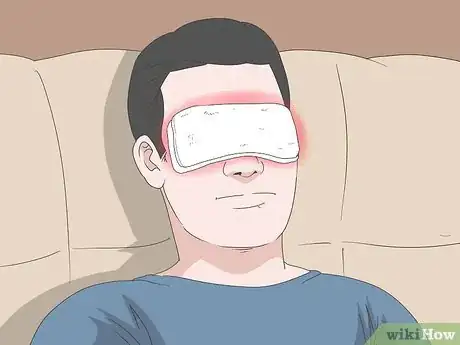

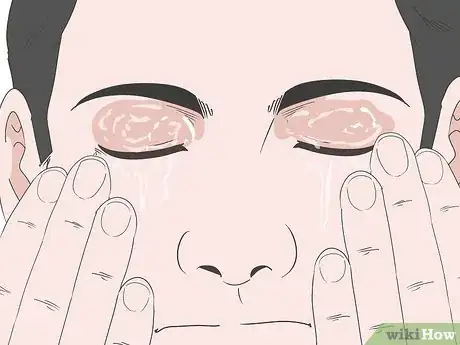

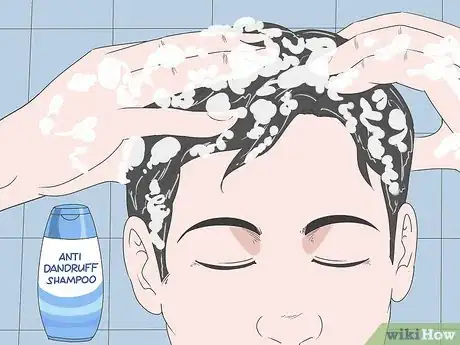


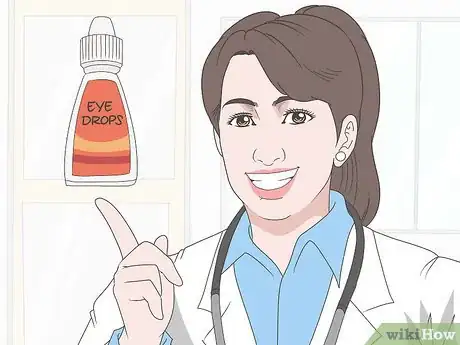

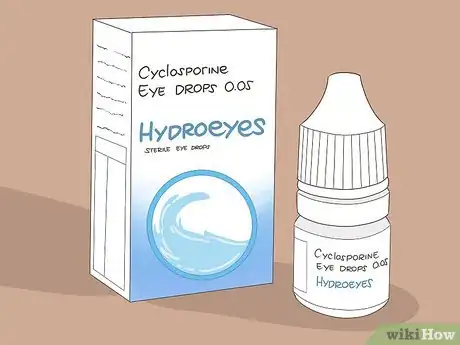

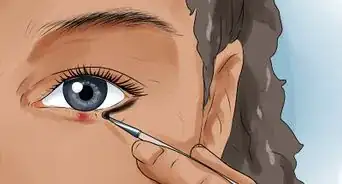
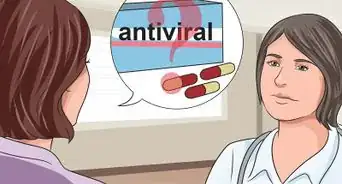




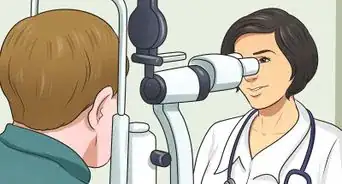
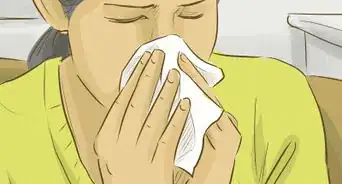







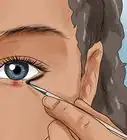
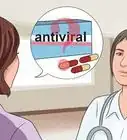





































Medical Disclaimer
The content of this article is not intended to be a substitute for professional medical advice, examination, diagnosis, or treatment. You should always contact your doctor or other qualified healthcare professional before starting, changing, or stopping any kind of health treatment.
Read More...